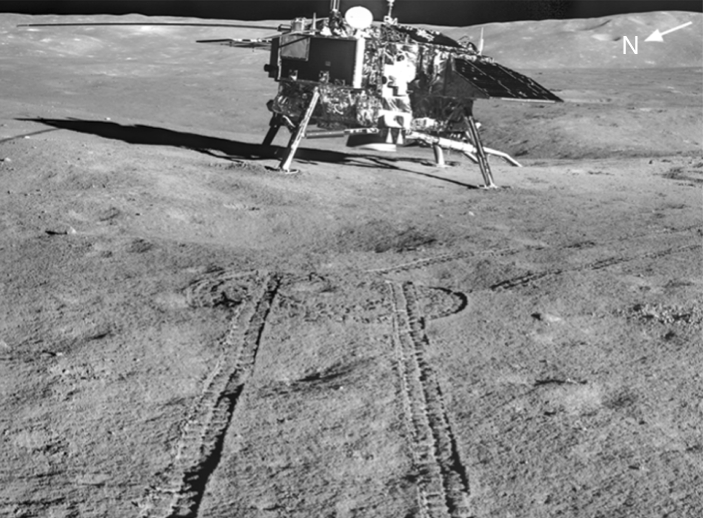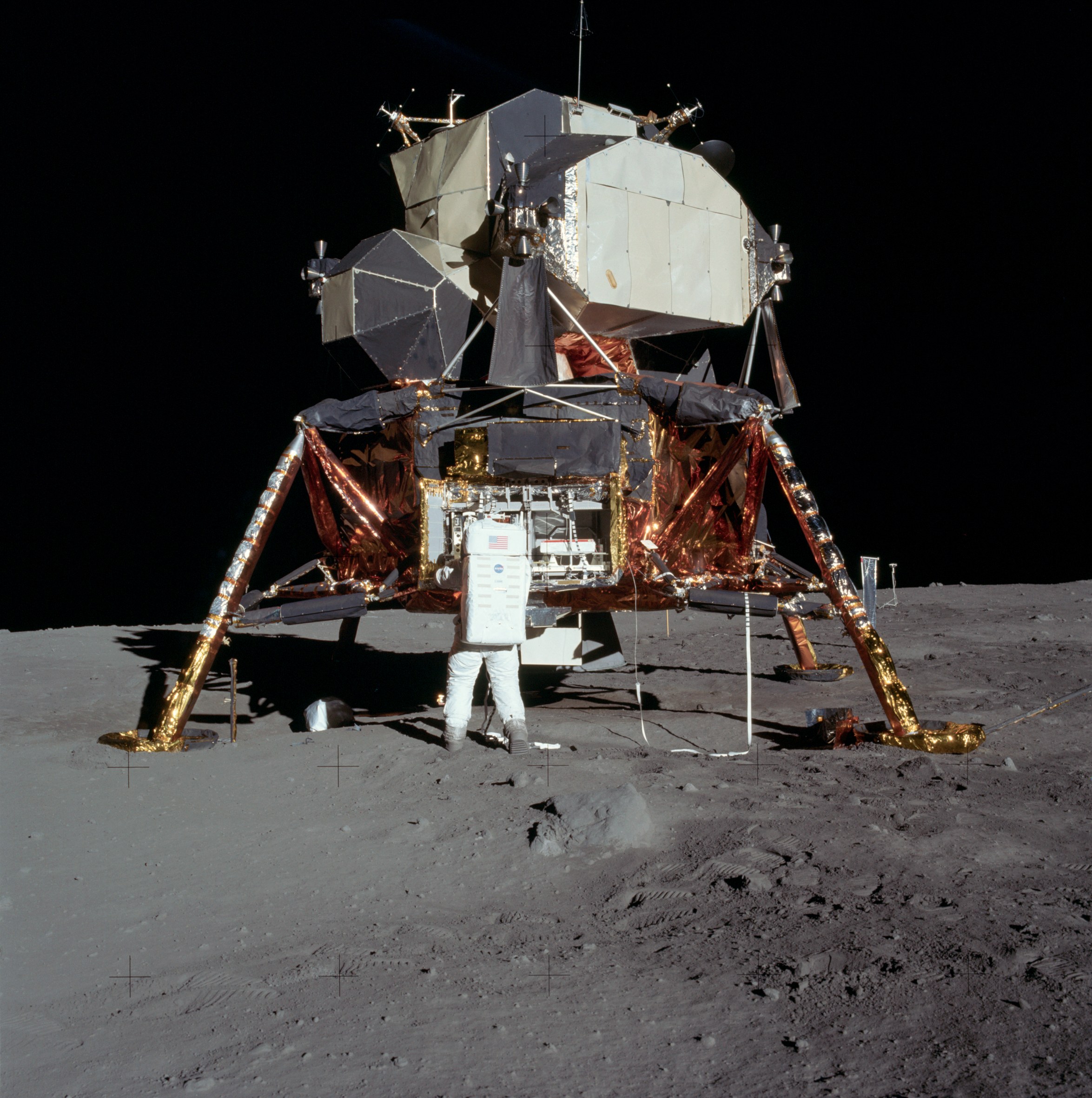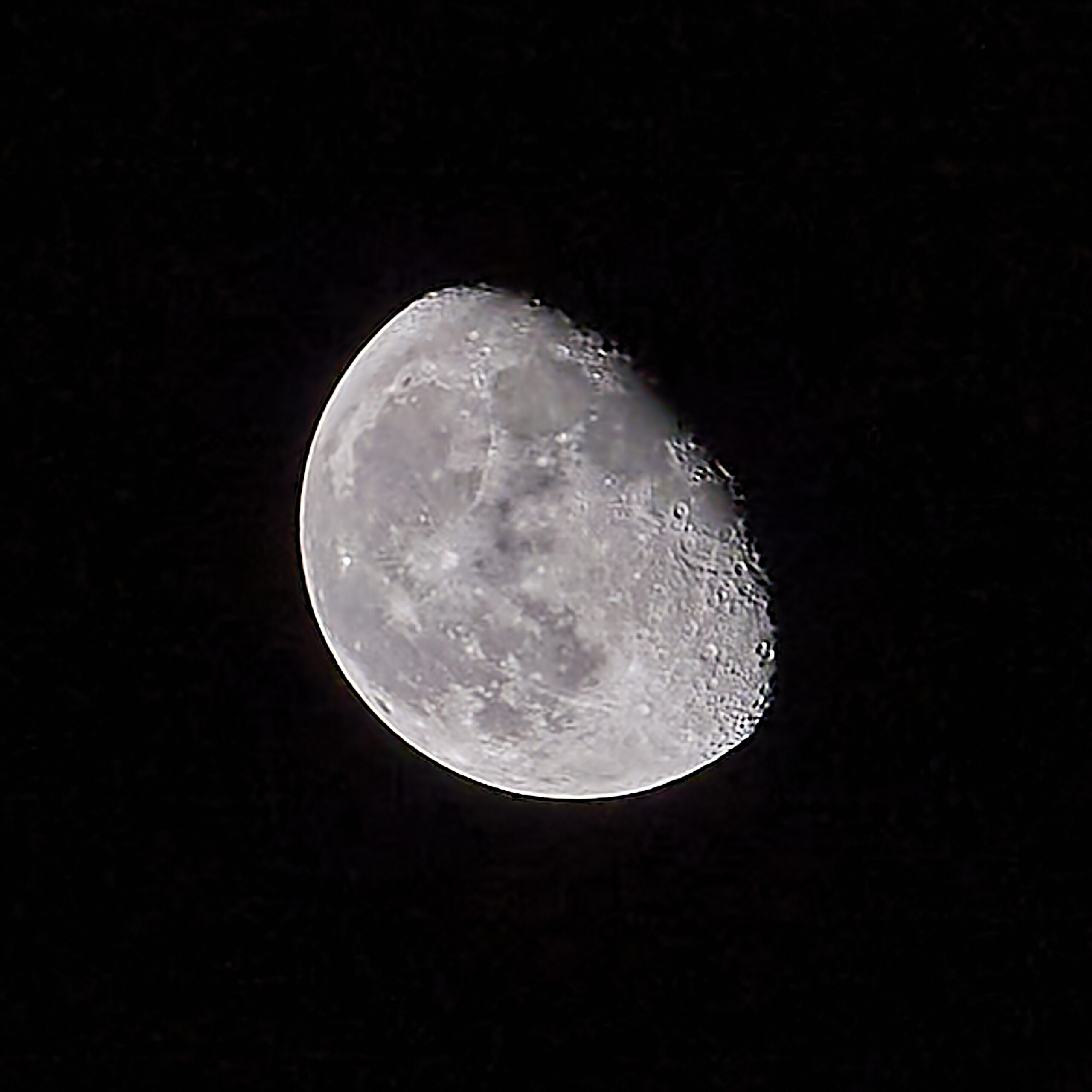Global Lunar Exploration: A Collaborative Leap Toward a Moon Base and Beyond
Since the turn of the 21st century, the number of countries and organizations, including the European Space Agency (ESA), embarking on lunar missions has surged. Many of these missions focus on surveying areas of the Moon that could eventually support a Moon base, marking a pivotal step in space exploration.
As the possibility of an international Moon base becomes more likely in the near future, countries like China have taken bold strides to explore the potential of having their own national base. This has sparked a new era of lunar exploration, driven by both scientific curiosity and geopolitical ambitions.
China’s Lunar Ambitions: The Chang’e Program
China has firmly established its presence in the annals of lunar exploration with its Chang’e program, named after the Chinese Moon goddess. This series of robotic missions has significantly advanced China’s space capabilities.
The Chang’e program reached a major milestone in 2013 with the launch of Chang’e 3, which achieved a soft landing on the Moon—China’s first such success since the 1970s. This accomplishment not only reignited China’s lunar exploration ambitions but also demonstrated its growing space prowess. Chang’e 3’s lander and its rover, Yutu, provided invaluable data on the Moon’s terrain and physical characteristics.
Chang’e 4 took exploration a step further by becoming the first mission to land on the far side of the Moon in 2019. This groundbreaking achievement opened new avenues for scientific discovery, allowing for the study of previously unexplored regions.
China’s lunar goals are not just about exploration; they are also strategically focused on building infrastructure for future human missions. The successful Chang’e 5 mission in 2020 returned lunar samples to Earth, making China the third nation to achieve this feat. Looking ahead, China plans to establish a lunar research station and send astronauts to the Moon by the 2030s, reinforcing its ambition to be a leader in lunar exploration.
India’s Lunar Missions: A Rising Space Power
India made its first mark in lunar exploration with the launch of Chandrayaan-1 in 2008, a mission that confirmed the presence of water molecules on the Moon’s surface. This discovery brought India’s space program into the global spotlight.
Building on the success of Chandrayaan-1, India launched Chandrayaan-2 in 2019. Although the Vikram lander unfortunately failed to make a soft landing, the orbiter continues to provide valuable data, mapping lunar minerals and identifying water ice—key resources for future missions.
India’s strategic approach to space exploration, led by the Indian Space Research Organisation (ISRO), emphasizes scientific discovery and international collaboration. The country’s resilience and commitment to continuous improvement are evident in the upcoming Chandrayaan-3 mission, which aims for a successful soft landing. India’s space journey inspires not only scientific advancement but also fosters regional cooperation, contributing valuable data to the global community.
NASA’s Artemis Program: A New Era of Lunar Exploration
NASA’s Artemis program represents the United States’ ambitious effort to return humans to the Moon and establish a sustainable presence there. Launched in 2017, Artemis aims to go beyond previous lunar missions by laying the groundwork for a long-term human presence on the Moon, and eventually Mars.
Artemis I, launched in 2022, was a key milestone, testing critical systems like the Space Launch System (SLS) and the Orion spacecraft. The uncrewed mission set the stage for future crewed missions by proving the feasibility of key technologies.
The core of the Artemis program is sustainability. It focuses on establishing permanent lunar bases, utilizing lunar resources such as water ice to support extended missions. This long-term vision includes the Lunar Gateway, a space station orbiting the Moon that will serve as a staging point for deep space missions, including future missions to Mars.
Artemis also emphasizes collaboration with international space agencies and private companies. Through partnerships, NASA aims to broaden the impact of lunar exploration and inspire future generations of space pioneers.
Private Sector Involvement: Innovating Lunar Exploration
Private companies like SpaceX and Blue Origin are playing an increasingly vital role in lunar exploration, introducing innovative technologies that are making space more accessible and cost-effective.
SpaceX, for instance, was selected by NASA to develop the lunar lander for the Artemis program. Its Starship vehicle, designed for deep space missions, represents a new era of collaboration between the public and private sectors in space exploration.
The Lunar Gateway: A Staging Point for Human Exploration
The Lunar Gateway is a cornerstone of NASA’s Artemis program and a vital part of humanity’s strategy for exploring the Moon and beyond. This space station will orbit the Moon and serve as a staging point for crewed missions, reducing the complexity and cost of landing on and launching from the lunar surface.
In addition to its logistical benefits, the Lunar Gateway promotes international collaboration. NASA has partnered with the European Space Agency (ESA), Japan’s JAXA, and Canada’s CSA, among others, to build this modular, expandable station. The Gateway will feature living quarters, laboratories, and docking ports for visiting spacecraft, supporting long-duration missions and advancing technology for future Mars expeditions.
The Gateway will also be crucial in testing life support systems, radiation shielding, and other technologies necessary for deep space exploration. Though building the Gateway presents significant challenges, its development underscores the power of global partnerships and innovation.
Global Collaboration: A Collective Effort in Lunar Exploration
Lunar exploration has become increasingly collaborative, with countries around the world contributing to our understanding of the Moon. Russia, for example, is working on its Luna-25 mission to explore the Moon’s south pole, a region rich in water ice and potential resources.
Japan has made notable contributions as well, with its Kaguya (SELENE) orbiter, launched in 2007, providing detailed data on the Moon’s surface. Japan’s upcoming SLIM mission will further advance the precision needed for lunar landings, which is crucial for future operations.
South Korea has also entered the lunar exploration field with its Korea Pathfinder Lunar Orbiter (KPLO), launched in 2022. This mission aims to map potential landing sites and gather data essential for future lunar missions.
The European Space Agency (ESA) has made key contributions, including providing the service module for NASA’s Orion spacecraft under the Artemis program. ESA’s involvement highlights the importance of technological and scientific collaboration in advancing lunar exploration.
The Future of Lunar Exploration
As nations continue to collaborate and innovate, the future of lunar exploration looks promising. With plans for lunar bases, resource utilization, and missions to Mars, the Moon will continue to play a pivotal role in humanity’s quest for knowledge and exploration.
International cooperation, resource sharing, and cutting-edge technologies will shape the next phase of lunar exploration. By pooling expertise and working together, we are not only unlocking the mysteries of the Moon but also paving the way for a sustainable future in space.
The combined efforts of China, India, the United States, and other nations, alongside the contributions of private companies, are setting the stage for an exciting new era of lunar exploration. As we push the boundaries of what’s possible, the Moon is just the beginning of humanity’s journey into the cosmos.







